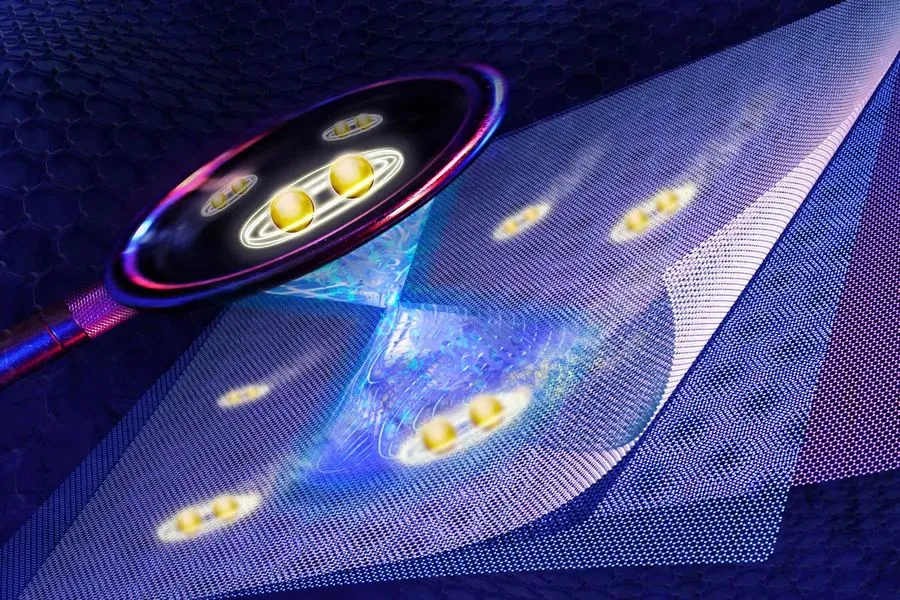MATTG has shown indirect hints of unconventional superconductivity and other strange electronic behavior in the past. The new discovery offers the most direct confirmation yet that the material exhibits unconventional superconductivity.
In particular, the team was able to measure MATTG’s superconducting gap — a property that describes how resilient a material’s superconducting state is at given temperatures.

They found that MATTG’s superconducting gap looks very different from that of the typical superconductor, meaning that the mechanism by which the material becomes superconductive must also be different, and unconventional.
“There are many different mechanisms that can lead to superconductivity in materials,” says study co-lead author Shuwen Sun, a graduate student in MIT’s Department of Physics. “The superconducting gap gives us a clue to what kind of mechanism can lead to things like room-temperature superconductors that will eventually benefit human society.”
The researchers made their discovery using a new experimental platform that allows them to essentially “watch” the superconducting gap, as the superconductivity emerges in two-dimensional materials, in real-time.
They plan to apply the platform to further probe MATTG, and to map the superconducting gap in other 2D materials — an effort that could reveal promising candidates for future technologies.
“Understanding one unconventional superconductor very well may trigger our understanding of the rest,” says Pablo Jarillo-Herrero, the Cecil and Ida Green Professor of Physics at MIT and a member of the Research Laboratory of Electronics. “This understanding may guide the design of superconductors that work at room temperature.”
In 2018, Jarillo-Herrero and his colleagues became the first to produce magic-angle graphene in experiments, and to observe some of its extraordinary properties. That discovery sprouted an entire new field known as “twistronics,” and the study of atomically thin, precisely twisted materials.
Jarillo-Herrero’s group has since studied other configurations of magic-angle graphene with two, three, and more layers, as well as stacked and twisted structures of other two-dimensional materials.
Their work, along with other groups, have revealed some signatures of unconventional superconductivity in some structures

